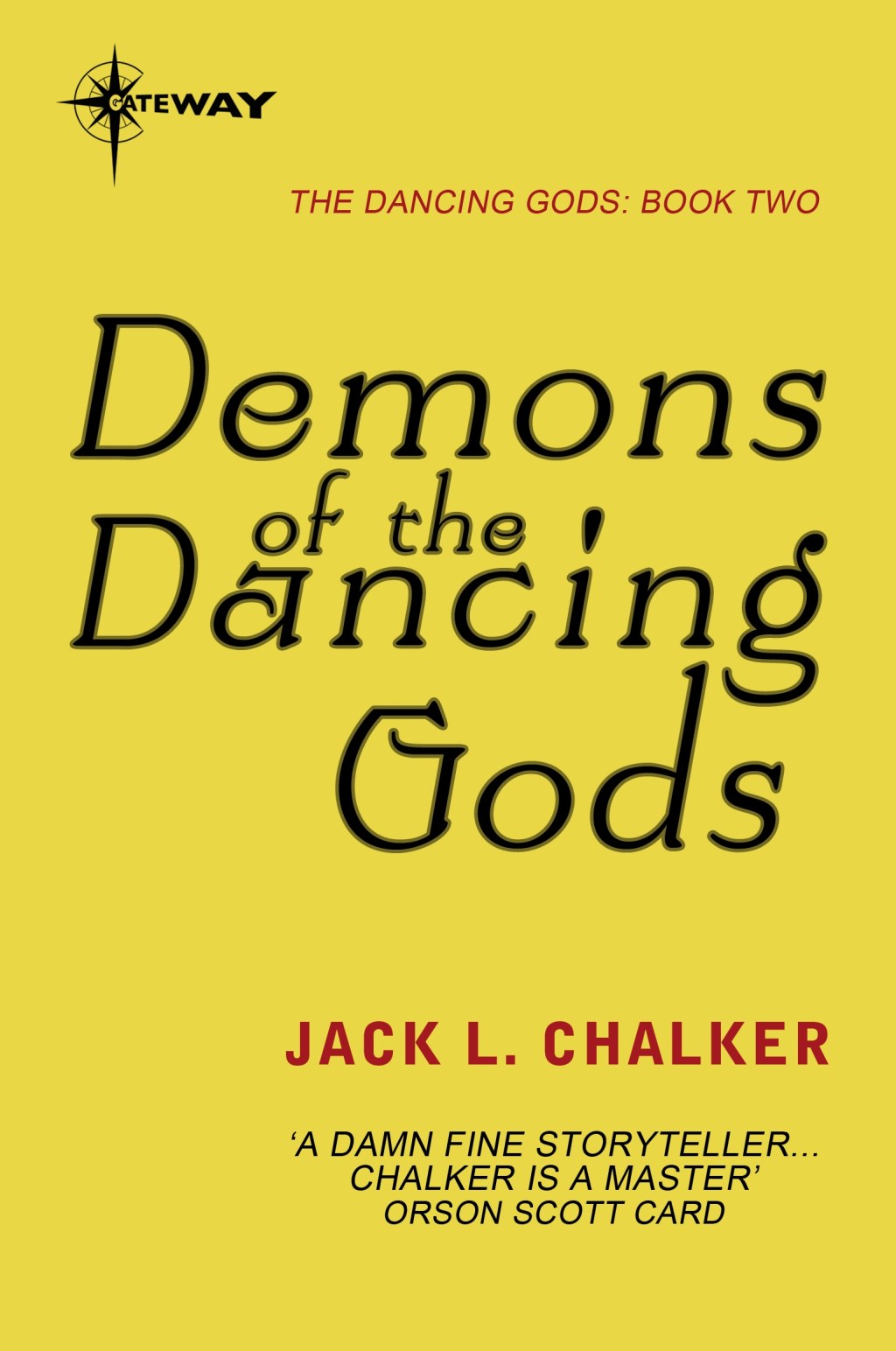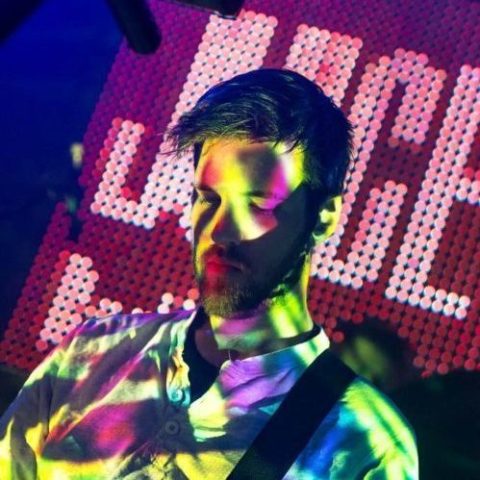Dynamic range in the real world

One of the first things you learn as a photographer is that the way you perceive a scene is often quite different to how your camera evaluates and processes the same data.
 An HDR image allows you to combine the brightest and darkest parts of a scene that your camera wouldn’t be able to record in a single shot.
An HDR image allows you to combine the brightest and darkest parts of a scene that your camera wouldn’t be able to record in a single shot.
For example, a shot you intend as a backlit portrait may well end up as a silhouette, a shot of a brightly lit scene may end up looking too dark, and so on.
In other words, the image you see is sometimes not the one you manage to take.
 A correctly exposed sky with an overly dark foreground
A correctly exposed sky with an overly dark foreground
There are two main reasons for this. The first is that your camera will attempt to set an optimum exposure for a particular shot, so it will set the aperture or shutter speed, or both, to make sure that enough light hits the sensor to produce a well-exposed image. The problem is, your camera assumes an average level of illumination for every shot you take, so if you shoot in a dark room, the image may well end up brighter than the original scene as your camera bases its exposure on an average level of illumination. By the same token, a shot of a person, backlit by a bright sky, may produce a shot with a beautifully exposed sky, but no detail in your subject’s face—again because the camera works on the assumption that all pictures are taken under ‘average’ lighting conditions.
The second reason your images may not end up as you intend them is because of the difference between the way in which you see things and how your camera records them. While you might see a richly detailed landscape set against the backdrop of a bright, but cloudy sky, the camera will be likely to deliver a picture where the sky looks as you intended, but the foreground is too dark, or with a correctly exposed foreground and an overexposed, blank white sky. Worst of all, you might get an image with both a featureless sky and an overly dark foreground. In this instance, adjusting the exposure won’t fix the problem, it will just present you with a different one. Increasing the exposure to compensate for an overly dark foreground will overexpose the sky still further, while decreasing the exposure to retain the detail in the sky will lead to an even darker foreground.
The problem is that the ‘dynamic range’ of the scene you are trying to photograph is larger than your camera can record. At its simplest, dynamic range is the ratio between the lightest and darkest tones in an image. This is often measured in EV (Exposure Value), which refers to the combinations of shutter speed and relative aperture that give the same exposure. Additional terms that are often used in this context are ‘ƒ-stops’ and ‘contrast ratio.’
When we view a scene, we can perceive a range of between 10–14EV (or ƒ-stops), and if we take into account the fact that our eyes can adjust to different levels of brightness this increases to around 24EV. But digital cameras can only record an EV range of 5–9 stops, so if the scene contains an EV range of around 9 or more, there is no combination of aperture or shutter speed that will allow you to capture the entire dynamic range of the original scene. All you can do is optimise the exposure for the shadow detail or the highlight detail, but you will inevitably lose one or the other.
From a photographic point of view, there are three solutions. First, you can simply avoid taking shots where you know that the size of the EV range will compromise the quality of the final image. In the case of a landscape shot this might mean waiting until the balance of light between the brightest and darkest areas of the scene falls within a smaller EV range.
Second, you could use a graduated neutral density (ND) filter to darken the brightest areas of the image. These can darken a portion of an image in increments from 1–3EV and are especially useful for landscape photography as the sky can often be a lot brighter than the foreground. However, the gradation on the filter is fixed, so it is generally only suitable if there is a clear ‘dividing line’ between the light and dark areas of the scene—useful for a landscape with a flat horizon, but less useful for images where the bright and dark areas are irregularly shaped.
Finally, you can shoot a range of different exposures that record the detail in both the deepest shadows and the brightest highlights, and then combine them into an High Dynamic Range (HDR) image.
David Nightingale’s Practical HDR covers in-camera image capture and digital darkroom techniques, with an in-depth guide to the best HDR software for photorealistic and hyper-real images, full of practical advice and inspirational photos, this is your complete guide to creating High Dynamic Range images with your digital SLR.
 Practical HDR by David Nightingale
Practical HDR by David Nightingale
Buy it now!
RRP for print edition: £14.99


